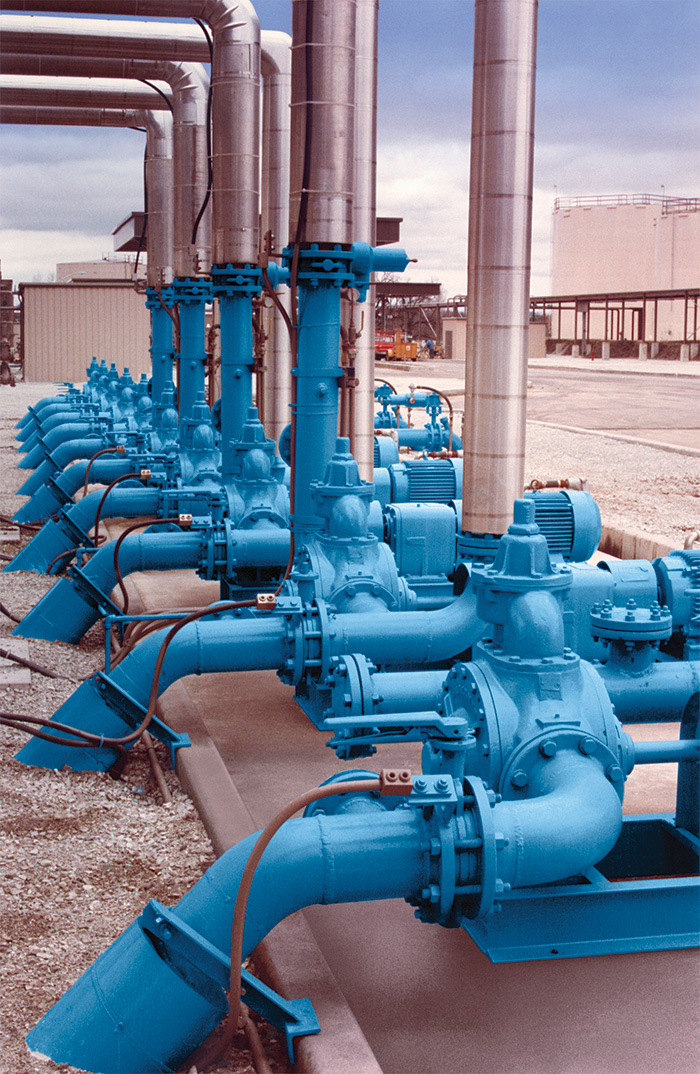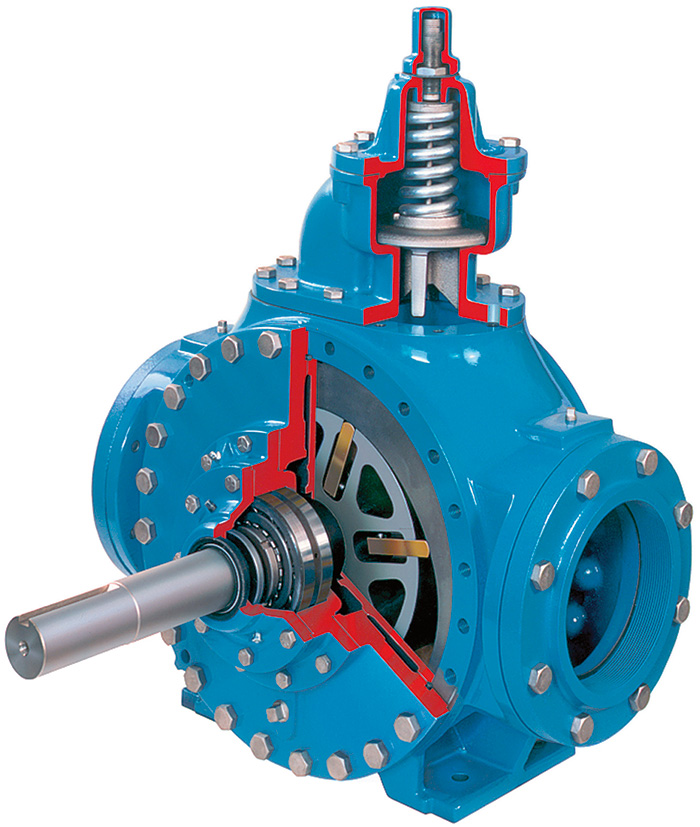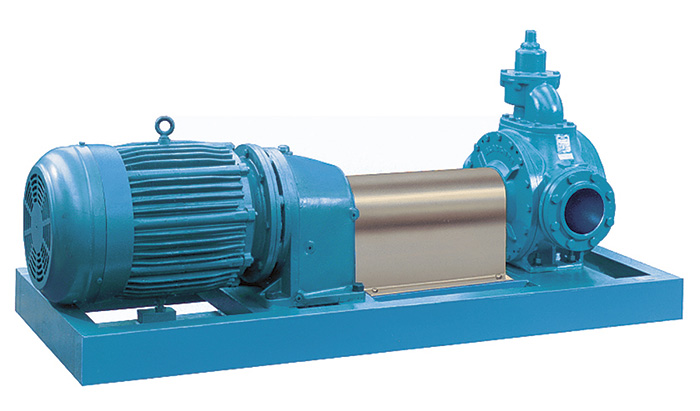Pumps & Systems, February 2013
About a century ago, the U.S. stood at the epicenter of the global oil & gas industry. The discovery of large amounts of recoverable crude oil in Texas, as well as the burgeoning automobile industry, put the U.S. at the forefront in the development of the petroleum-based economy around the world. Through the years, the U.S.’s status in the oil & gas universe changed. Vast deposits of crude oil in the Middle East, Nigeria, Norway, Venezuela and Canada turned the U.S. into a net importer of petroleum-based fuels. This made the country reliant on the vagaries of the global market, with its wild price fluctuations and threats of often politically-motivated embargoes and production slowdowns.
Today, the U.S. and North America suddenly are poised to resume their former role as the world’s leading providers of petroleum-based fuels and ancillary products. Recent news stories indicate this reversal:
- “IEA Pegs U.S. as Top Oil Producer by 2020,” Wall Street Journal, Nov. 14, 2012—“A shale-oil boom will thrust the U.S. ahead of Saudi Arabia as the world’s largest oil producer by 2020, a radical shift that could profoundly transform not just the world’s energy supplies but also its geopolitics, the International Energy Agency said. In its closely watched annual World Energy Outlook, the IEA…said the global energy map ‘is being redrawn by the resurgence in oil and gas production in the U.S.’”
- “U.S. Monthly Crude Oil Production Reaches Highest Level Since 1998,” U.S. Energy Information Administration, Dec. 4, 2012—“U.S. crude oil production averaged almost 6.5 million barrels per day in September 2012, the highest volume in nearly 15 years. The last time the U.S. produced 6.5 million barrels per day or more of crude oil was in January 1998. Since September 2011, U.S. production has increased by more than 900,000 barrels per day. Most of that increase is due to production…through the use of horizontal drilling combined with hydraulic fracturing. The states with the largest increases (in production) are Texas and North Dakota.”
- “Canada Oil Sands Output Seen Beating Projections,” Reuters, May 17, 2012—“Production in the Canadian oil sands is likely to increase at a much faster clip than the industry currently projects, an analyst said….Andrew Potter, analyst at CIBC World Markets, said he expects production from the oil sands of northern Alberta, the world’s third biggest crude resource, to jump to 2 million to 2.5 million barrels a day by 2020 from 2011’s output of 1.6 million barrels per day.”
This turnaround is driven by advanced technologies, such as enhanced oil recovery (EOR) for traditional oil deposits, and newly discovered sources of “unconventional” oil and gas—such as the shale plays and oil sands, that point to the eventual recovery of billions of barrels of oil and trillions of cubic feet of natural gas. While the race to discover and develop forms of alternative energy continues, it appears that oil & gas will remain the go-to energy commodities around the globe for decades, with the latest research and actual in-the-field activity pointing to an ever-expanding level of importance for the industry in North America.
Within crude oil exploration, recovery, production, refining and transport of fuels and other end-products, the need for safe, reliable, efficient and cost-effective pumping systems are abundant. This article illustrates how one pump technology—specifically the positive displacement sliding vane pump style—can help optimize fluid-transfer operations along the oil & gas production and supply chain.

| Sliding vane pumps have been designed for the high-volume transfer of non-corrosive liquids ranging in viscosity from thin solvents to heavy oils. |
The Challenge
The oil & gas production and supply process is a complicated one with many entry points, all of which can benefit from the incorporation of the proper pumping technology. Generally, the supply chain can be broken down into three distinct sectors:
- Upstream—The upstream sector refers to the search for, followed by the recovery and production of, crude oil and natural gas. This sector is also widely known as the exploration and production (E&P) sector. Stages within the upstream petroleum-product industry include the search for underground or underwater oil and gas fields; the drilling of exploratory wells; and, if the wells are deemed economically viable and recoverable, the operation of wells that bring crude oil and raw natural gas to the well’s surface.
- Midstream—The midstream sector can include some elements of both the upstream and downstream sectors. However, one main component of midstream is the gathering system. Gathering systems are oil and gas storage areas in which raw, produced products are held until they can be transported—via pipeline, railcar or tanker truck—to the refinery, where they are turned into marketable petroleum products.
- Downstream—The downstream sector refers to the refining of crude oil and the selling and distribution of all products that are derived from crude oil. Such products can include liquid petroleum gas (LPG), gasoline, jet fuel, diesel fuel, fuel oils, asphalt/bitumen and petroleum coke. The downstream segment includes oil refineries, petrochemical plants, petroleum distribution outlets, retail outlets and natural gas distribution companies. The downstream sector is the entry point for the consumer into the process, through the availability and purchase of thousands of different products—including motor fuels, lubricants, fertilizers and pharmaceuticals.
The challenge for the producers, handlers and suppliers along the supply chain—from crude oil extraction to the delivery of gasoline to a retail-fueling site—is to keep the flow of any raw or refined liquids, whether corrosive or non-corrosive, moving smoothly. This requires a versatile pumping technology since the pumps may be tasked with handling highly viscous crude oil at the recovery end of the process, as well as thin, shear-sensitive liquids during the manufacture and transfer of refined fuels and petrochemicals.

| This sliding vane pump self-adjusts for wear to maintain flow rates. |
The Solution
For more than 100 years, sliding vane pump technology has proven to be a standard-setter in reliable performance in a myriad of oil and refined-fuel transfer operations. The secret to the sliding vane pump’s success is its unique design and method of operation. Sliding vane pumps have a number of vanes that are free to slide into or out of slots in the pump rotor.
When the pump driver turns the rotor, a combination of forces (centrifugal, mechanical, push rods and liquid), causes the vanes to move outward in their slots and around the inner bore of the pump casing.
This forms internal pumping chambers and, as the rotor revolves, the fluid flows through the suction port and into the pumping chambers that are created by the vanes. The fluid is then transported around the pump casing until the discharge port is reached, at which point the fluid is moved into the discharge piping.
This simple, inspired design enables the sliding vane pump technology to deliver operational characteristics that are necessary for effective fluid-transfer within oil and refined-fuel production and supply. The characteristics are:
- High suction capability
- Line stripping
- Dry-run capability
- Self-priming
- Volumetric consistency
- Non-slip operation
- Non-galling
- Shear-sensitive material handling
- Superior product sealing
- High-temperature compatible
- High or low flow rates
- Easy maintenance
- Reduced energy consumption
- Stationary, skid or truck mounting
- Stainless steel, ductile iron or cast iron construction
All these characteristics help make sliding vane pumps the technology of choice in critical oil and refined-fuel applications, from the wellhead where the oil and gas exit the ground to the transport truck that makes a retail-fuel delivery.

| Sliding vane pumps are easily maintained without removing the pump from the piping system. |
Conclusion
Petroleum products derived from crude will continue to heat our homes, fuel our vehicles and contribute to the manufacture of many of our most necessary products for decades. The efficient handling of petroleum-based fluids will remain a major component in the oil & gas supply chain. In the search for a reliable pumping technology, many producers and suppliers of petroleum products have chosen to incorporate sliding vane pumps into their most critical fluid-handling operations. With more than 100 years of proven success in these applications, sliding vane pumps remain the wise choice in safe, efficient, cost-effective and optimized operations from the oilfield to the fueling site. P&S

